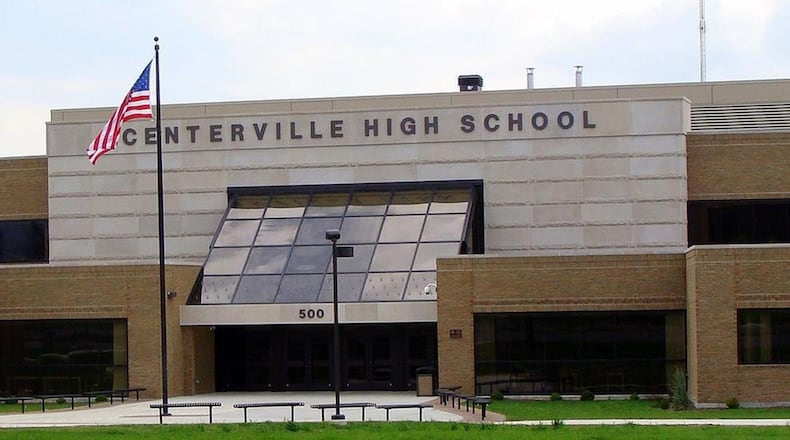Tuesday’s proposal was rejected by a 53-47 ratio, according to unofficial, final results, while November’s levy was rejected by a nearly 57-43 ratio.
In January, the Board of Education approved a phased reduction plan. The first set of cuts, which would happen regardless of the levy outcome, are estimated to save $1.27 million in 2024-25. They include four teacher cuts (1 math, 1 science, 1 special education and 1 physical education) plus 10.5 others (5 special education aides, 2 custodians, 2.5 clerical positions and a bus driver).
With voters also rejecting Tuesday’s levy, the district will implement an additional $1.62 million in reductions prior to the 2024-25 school year. That includes cutting about 11 certificated positions (teachers, counselors) and 16 classified positions (aides and clerical).
In addition, school fees for PreK-K students will increase from $45 to $50, while fees for students in first through eighth grades will go increase from $60 to $75. Pay-to-participate fees would rise 20%, building use fees will rise by 10% and athletic rental fees, which are $75 an hour, will rise by 25%. Detailed information about the phased reduction plan was shared with the community in January.
The reductions “will likely be a combination of both” layoffs and attrition, officials said.
At the same time that the district is making financial decisions after the rejected school levy, it is in contract negotiations with its teachers union. The group’s existing contract expires this summer.
As with most local school districts, a majority of Centerville schools’ budget goes to salaries and benefits for staff, making those negotiations financially significant.
The levy rejection followed repeated attempts by Centerville City Schools to outline its finances, explain why a levy was being put before voters again and garner pubic input. District officials focused on the fact that Ohio allocates a lesser amount of funds to wealthier districts like Centerville than to other districts with less money.
“I’m really grateful to our Board of Education for the opportunity to hold five community forums over the past four months, where we could share information about district finances and listen to people’s feedback,” Superintendent Jon Wesney told this news outlet. “Asking taxpayers for more funding is never easy, but the way schools are funded in Ohio makes districts like Centerville much more reliant on local property taxes for the largest portion of our school funding. We will keep doing our best to share facts with our community as we move forward.”
In a statement issued Wednesday, Wesney said district leaders will have to discuss a return to the ballot over the coming months.
“With the way schools are funded in Ohio, the need for additional funding will not go away, even with the reductions we are making. Our district receives a very small amount of state funding, so we are reliant on local property taxes for the largest portion of our school funding,” he said. “... Our revenue remains relatively flat, so as costs increase, we’re faced with continuing to make significant cuts or asking voters to approve additional funding in order to maintain quality educational programming and services,” he said.
About the Author


